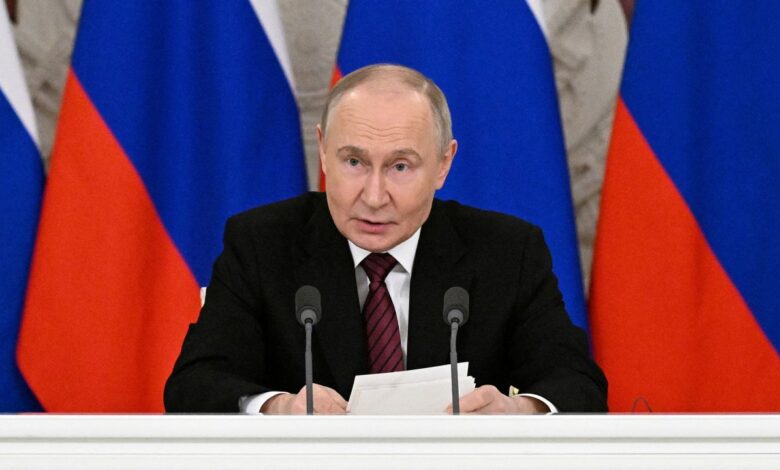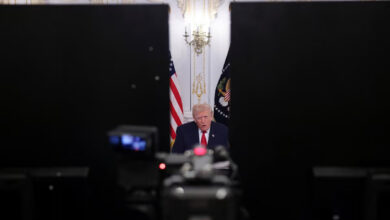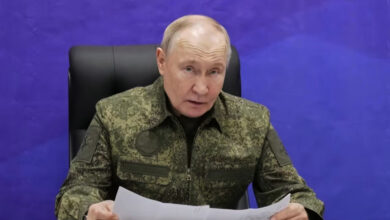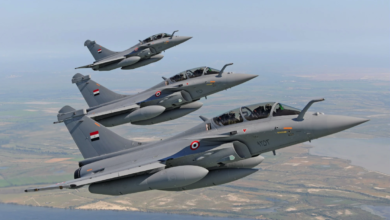
However the extraordinary diplomatic hide-and-seek plays out in Turkey, there is, at the time of writing, one key takeaway.
The Kremlin is unafraid of further sanctions, of European pressure, and is not cajoled by President Donald Trump. Russian President Vladimir Putin sees the potential domestic pitfalls of a photo opportunity alongside the US leader and his Ukrainian enemy to be far greater than the possible damage that incurring Trump’s wrath may cause.
And it is a decision that may already have paid off. Trump’s first reaction to the Kremlin’s abject refusal to attend the direct talks it itself suggested – but that Zelensky turned into a face-to-face with Putin – was to insist he never anticipated the Russian leader would go if he did not, and even to hold out another 24 hours for any possible meeting to happen.
Could it all come together in a hurry for Friday?
Nothing is impossible. But it does seem as though Moscow has made its decision. The team it sent to Istanbul was at a lower technical level, not even matching the seniority of the US Secretary of State Marco Rubio who is in country now. The timetable and formats Putin proposed at the weekend is what Russia is adhering to. By refusing to spell out who it would send, the Kremlin held out the suggestion Putin might go for over three days. It could have been bargaining for a bilateral with Trump, or explicit conditions or concessions ahead of a presidential summit, or perhaps it had absolutely no intention of attending. We may never know.

Zelensky now faces an awkward choice. He must stay in Turkey long enough to ensure Trump knows he was serious about a meeting, but not long enough to be seen to be waiting for the Kremlin. He must either dismiss Russia’s Istanbul initiative as too little too late, or engage with it and hence start an entirely new track in peace talks that have led almost nowhere in over three months.
Trump also faces a tough call. He can no longer kick the can down the road of whether Moscow faces consequences. Putin has flatly rejected both the demand for a 30-day ceasefire, and face-to-face diplomacy with Trump as an intermediary. The “massive sanctions” that French President Emmanuel Macron warned of are the only consistent response available to the White House. But the first signs in Qatar from Trump are he might be reticent to call the push for peace a bust. It is probably the most important decision he’ll make over this conflict.




